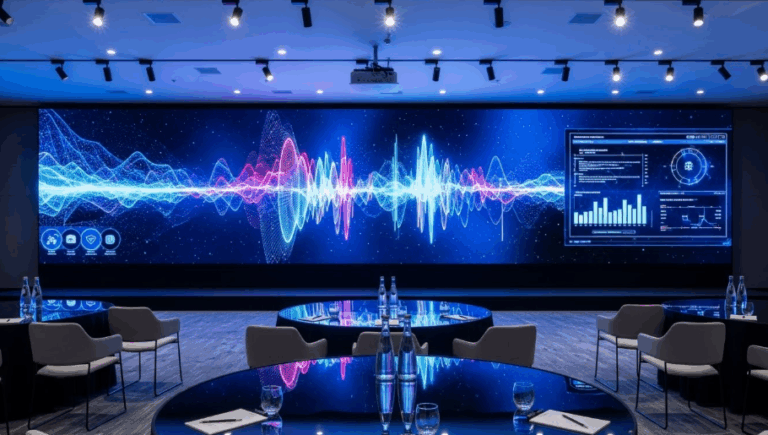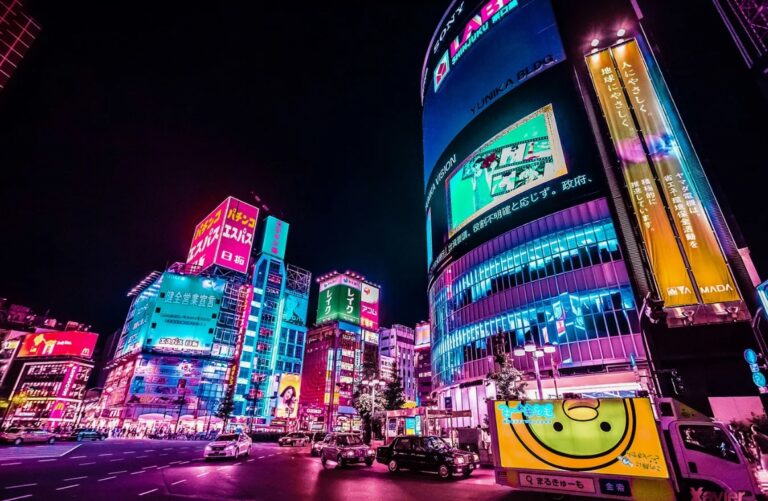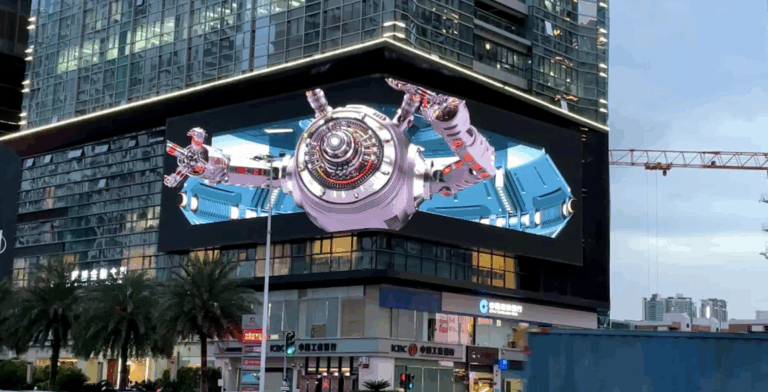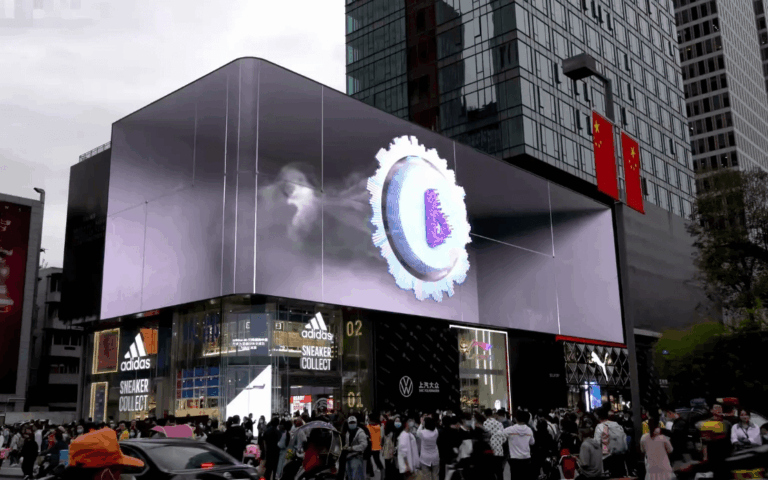Table of Contents
A. Understanding the Hazards of Water
B. Principles of Waterproof Design
C. What is LED IP Rating?
D. How to Choose the Right IP Rating for LED Displays
LED displays are widely used in various settings today, from outdoor billboards to sports arenas, and even stage performances. Their high brightness, clarity, and visibility advantages make them an ideal choice for information dissemination and visual display. However, in outdoor environments, LED displays face challenges from the natural elements, with one of the most common and critical challenges being water. Therefore, waterproof design for LED displays is crucial, not only to extend the equipment’s lifespan but also to ensure stable operation, ensuring continuity and reliability in information dissemination.
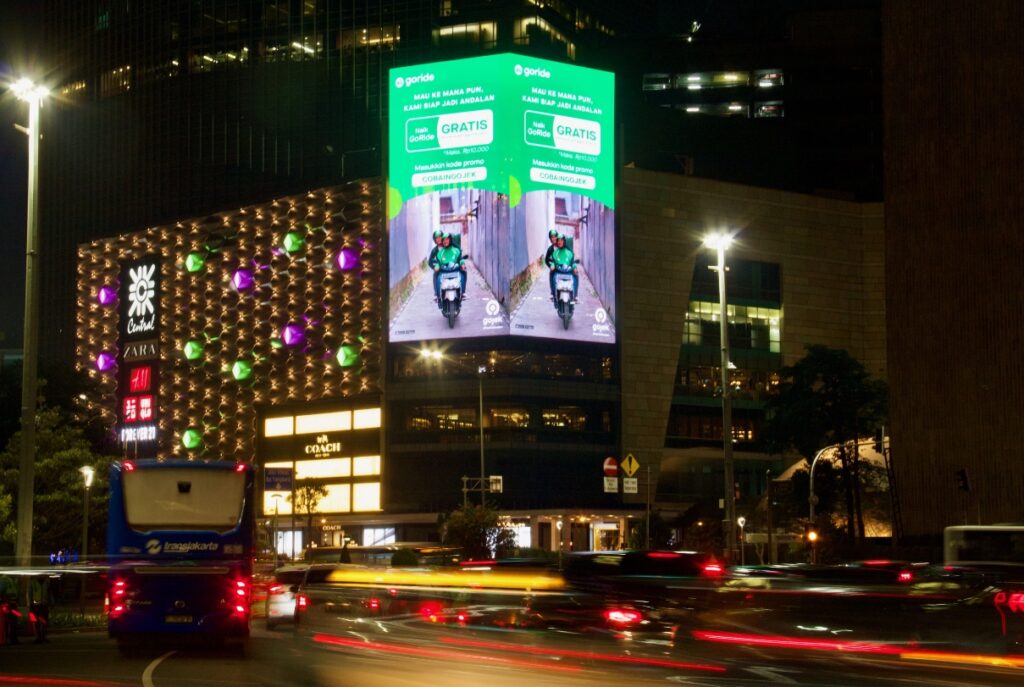
A. Understanding the Hazards of Water
Water is one of the LED display’s natural enemies. Water can not only directly enter the internal circuits of LED displays, causing short circuits and damage but can also lead to failures in connections between screen modules, affecting display effects or even rendering them completely inoperative. Especially in outdoor environments, rain, dew, or even seawater splashes can cause damage to LED displays, necessitating effective waterproof measures.

B. Principles of Waterproof Design
Sealing Design: The outer shell of LED displays must have good sealing to prevent water from entering the interior. Using high-quality sealing materials and structural designs such as rubber pads, silicone sealing rings, etc., can effectively prevent water ingress.
Selection of Waterproof Materials: Key components of LED displays such as circuit boards, power supplies, etc., should use waterproof materials or undergo waterproof treatment to prevent damage from moisture.
Drainage Design: Set drainage holes at the bottom or sides of LED displays to promptly remove accumulated water, preventing further damage caused by water stagnation on the device surface.
Enclosure Materials: Enclosure materials should have waterproof and dustproof properties, typically using materials with higher waterproof ratings such as aluminum alloy, stainless steel, etc., to enhance overall waterproof performance.
C. What is LED IP Rating?
LED IP rating refers to the protection level of LED products, indicating the ability of LED products to resist dust, solid objects, and water. The IP rating of LED displays consists of two digits, with the first digit indicating the protection level against solid objects and the second digit indicating the protection level against liquids.
LED IP rating is a standard established by the International Electrotechnical Commission (IEC), and the following is the composition and determination method of IP rating:
The first digit: Indicates the protection level against solid objects, ranging from 0 to 6.
0: No protection, no protection capability.
1: Protects against solid objects larger than 50mm in diameter.
2: Protects against solid objects larger than 12.5mm in diameter.
3: Protects against solid objects larger than 2.5mm in diameter.
4: Protects against solid objects larger than 1mm in diameter.
5: Protects against dust ingress, although not completely.
6: Completely dustproof, no dust ingress.
The second digit: Indicates the waterproof level, ranging from 0 to 9.
0: No protection, no protection capability.
1: Protects against vertically falling drops.
2: Protects against vertically falling drops when tilted up to 15 degrees.
3: Protects against spraying water.
4: Protects against splashing water.
5: Protects against water jets.
6: Protects against powerful water jets or waves.
7: Protects against temporary immersion in water.
8: Protects against prolonged immersion in water.
9: Protects against high-pressure, high-temperature water jets.
Therefore, the IP rating of LED can be determined by combining two digits, for example, IP65 means complete dust protection (level 6) and protection against water jets from any direction (level 5).
Usually, the IP rating of LED products is declared by the manufacturer in product specifications and manuals. When purchasing, check the product documentation or consult the supplier to understand its IP rating. Ensure to choose the appropriate IP rating suitable for the desired environment to ensure the adaptability and durability of LED products in specific applications.
Note: The higher the IP rating, the stronger the protection. In addition to the common IP ratings mentioned above, there are higher IP ratings such as IP69K, suitable for special extreme environments, with higher protection capabilities.

D. How to Choose the Right IP Rating for LED Displays
When choosing the appropriate IP rating for LED displays, consider the following factors:
Indoor or outdoor use: Indoor LED displays typically do not require very high IP ratings as indoor environments are relatively clean and not exposed to harsh weather conditions. Outdoor LED displays require higher IP ratings to protect them from rain, dust, and UV exposure. What is the difference between indoor LED display and outdoor LED display?
Environmental conditions: Consider the specific environmental conditions of the display, such as climate, pollution levels, and operating temperature range. For example, in desert or heavily polluted areas, a higher IP rating should be chosen to prevent dust or chemical substances from affecting the display.
Required protection level: Determine the required protection level based on actual needs. If the display will be exposed to a lot of water or spray, a higher IP rating is needed. If you only need protection against dust and splashes, a lower IP rating may be sufficient.
Feasibility and cost considerations: Higher IP ratings usually mean higher protection capabilities and costs. Consider budget and feasibility when selecting the IP rating that provides reasonable protection in the expected working environment. Here are the commercial LED display price ranges.
Conclusion
The waterproof design of LED displays is not just a technical challenge but also a guarantee of stable operation and longevity of the equipment. Understanding the hazards of water, following waterproof design principles, selecting appropriate IP ratings, and conducting regular maintenance checks are all important steps to ensure LED displays operate stably in outdoor environments over the long term. In the future, with continuous technological advancements, the waterproof performance of LED displays is expected to further improve, providing more reliable protection for information dissemination and visual display in various outdoor scenarios.

